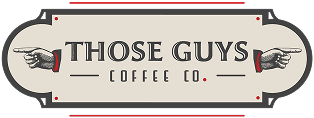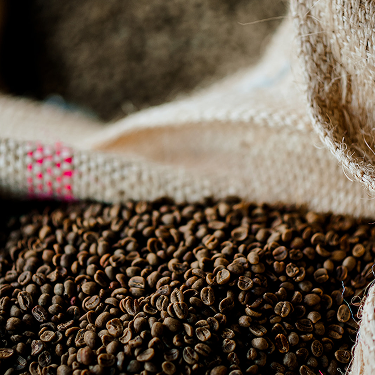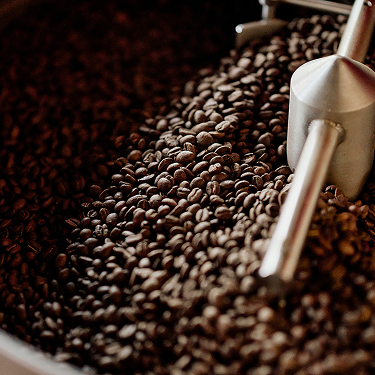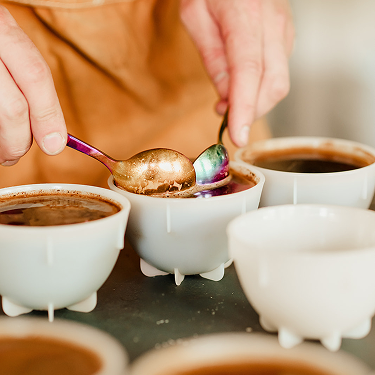
Brewing Methods and their Differences, Part 3
There are two more subsections to address. The first is combo brewers, the second electric coffee brewers.
Combo brewers are devices that have immersion and percolation stages. The Clever Dripper, Hario Switch, and aforementioned Pulsar are all combo brewers. Typically the coffee is immersed in water before a plug is moved and water begins to filter downward. These devices can also be used as pour-overs if desired.
Getting into electric coffee brewers is a big subject, and this article is getting longwinded already, so I will keep the section relatively brief. These brewers are classified into either espresso or drip coffee. For the purposes of this article, I will refer to them as either espresso or coffee brewers.
There are cheap electric coffee makers of all varieties. Mr. Coffee and off-brand brewers are readily available for $20, whereas a cheap espresso brewer can be as little as $50. They will do what they purport to do. The coffee brewer will heat water, dispense it over the brew basket, and collect it in a carafe. There may be a heating pad under the carafe, which will keep the coffee hot indefinitely, but it also slowly cooks it, resulting in higher bitterness, acidity, and muddled flavors. The espresso brewer will heat water and pressurize it, pushing it through an espresso puck. It may provide steam as well. Regardless, the calibrations will be all over the place. Water temperatures will vary widely for both espresso and coffee. The pressure provided on the espresso machine may be too high, too low, or inconsistent, and the steam wand will likely be difficult to use effectively.
As price increases for more premium models, the improvements can be categorized into either build quality, automation, or precision.
- Build quality is simply an improvement in the construction of the unit. Plastic walls or components might become metal, rubber, silicone, or even wood. The panel gaps will be smaller and the unit will be heavier. The internals can be constructed of higher quality components, leading to a longer life for the product. The glass carafe could be replaced by a stainless steel double walled carafe, which can keep coffee hot for hours without needing a hot plate, with very little flavor degradation.
- Automation is often software or software-hardware solutions for practical problems. For a coffee brewer you might be able to program in difference brew styles for different coffees, or program it to brew a pot every morning at 7 AM (but don’t forget to set up the coffee, filter, and water the night before!) Espresso can add volumetric control, which approximates the volume of water dispensed before ending the shot. Grinding and tamping might be automated as well.
- Precision is simply more precise control of the processes. Instead of water being heated to 200°F plus or minus 10°, you can get 0.5° accuracy. The volumetrics can get more precise and the pressure gauge more accurate.
One word of warning: with automation comes more complex components and the question is not "if they will fail", it's "when will they fail?" Our preference is for equipment with high build quality and precision but with less automation.
So as you can see, there is an incredible variety of coffee makers on the market. There really isn’t a best brewer because many excellent models are designed to do different things and it may come down to personal preference. Although there are very cheap models of electric brewers on the market which are more or less objectively bad, you don’t need to dish out a fortune to get something that works well and suits your needs.











